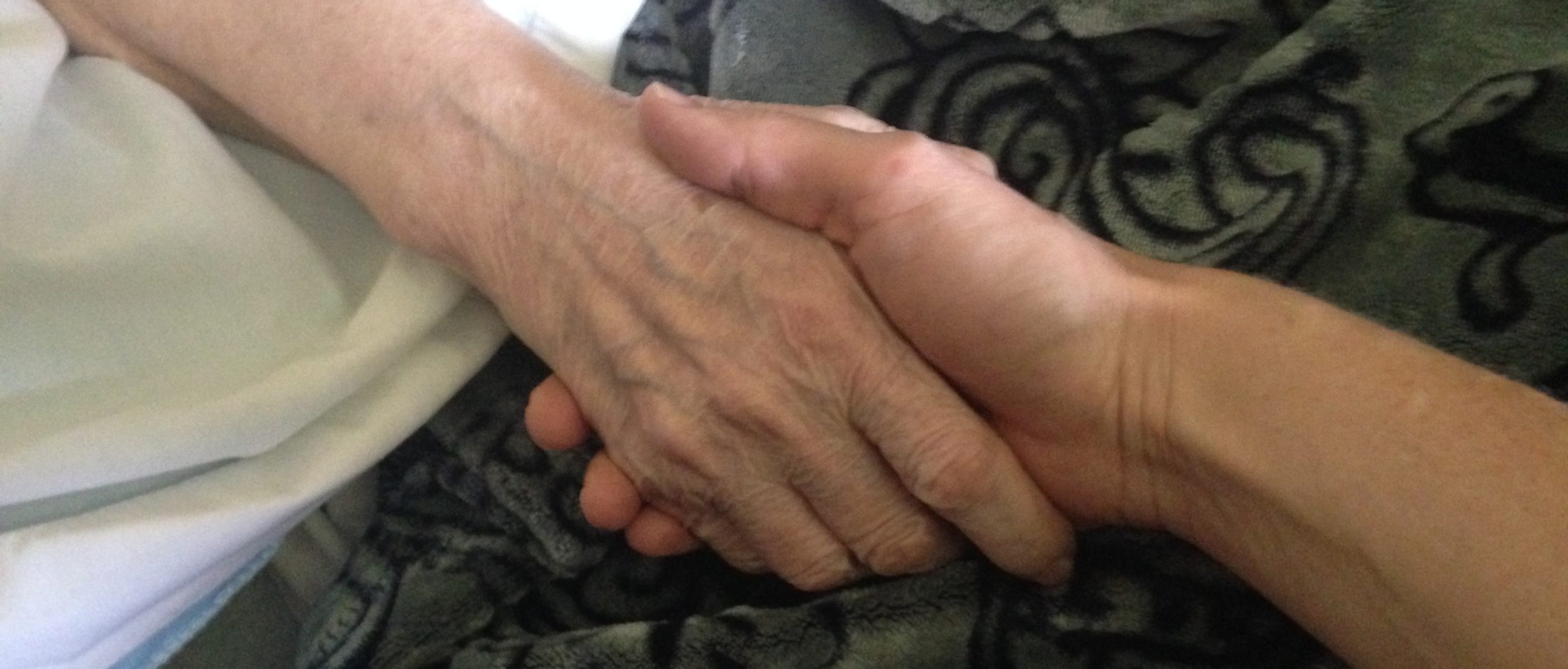ApoE4 Part 3
It’s official; just in time for World Alzheimer’s Day yesterday (Sept. 21) I’ve learned that I have inherited a copy of the best-known Alzheimer’s gene, ApoE4. I wasn’t surprised. I knew with the extensive family history on my Mom’s side and her early onset that she must have had it and therefore would have passed it on to some, if not all of my nine siblings and me. Am I concerned? Not in the least. I already discussed at length my thoughts on the gene in my posts “ApoE4 Part 1” and “ApoE4 Part 2,” so I won’t rehash too much.
I will stress again, however, that while the gene increases my chances for getting Alzheimer’s (by as much as 30 percent, according to Dale Bredesen, M.D.), it certainly is not a death sentence. And according to David Perlmutter, M.D., in his book, “Grain Brain,” the study of epigenetics has revealed that we have the power to “turn off” genes (or keep them from turning on in the first place) through our diets, exercise and sleep habits and environments, rendering ApoE4 as harmless as its non-Alzheimer’s-related counterpart, ApoE3.
I recently read an article at MedicalNewsToday.com in which researchers at the Gladstone Institutes in San Francisco were successfully able to manipulate the ApoE4 gene and “turn it off,” apparently erasing its harmful effects. Lead researcher, Dr. Yadong Huang, a professor or neurology and pathology at the University of California, San Francisco, and his team first took human neurons that did not have copies of either the E3 or the E4 variants and compared them to the same type of neurons that had E4 added. The results showed the increased production of amyloid beta and tau, the sticky proteins found in the brains of Alzheimer’s patients, on the neurons with the ApoE4 added. This confirms what Bredesen says in “The End of Alzheimer’s:” The ApoE4 gene variant, unlike ApoE3, acts as though it’s in a constant state of war, always its defenses raised, producing chronic inflammation. This brings on the production of the amyloid beta and tau, which are defense mechanisms against the so-called threats perceived by ApoE4.
Huang and his team then set out to “fix” ApoE4.
“To this end, they applied a previously developed ApoE4 ‘structure corrector,’” the article states. “The so-called structure corrector has been shown in previous research, led by the same Dr. Huang, to change the structure of ApoE4 so that it looks and behaves more like the inoffensive ApoE3. Applying this compound to human ApoE4 neurons corrected the defects, thereby eliminating signs of the disease, restoring normal cell function, and helping the cells to live longer.”
This sounds completely amazing to me and seems like something that has potential to make a dramatic difference in the world of Alzheimer’s. But we need to remember that not all Alzheimer’s is brought on by this gene. People with two copies of ApoE3 still have a 9 percent change of developing the disease, according to Bredesen. This definitely doesn’t solve the Alzheimer’s problem, but it could potentially drastically reduce its numbers. As hopeful as this may sound, however, I can’t help but sense an element of danger in it. The thought of allowing scientists to manipulate my genome has a sort of sci-fi-horror-movie feel to it, and I can’t help but wonder what kind of unintended consequences would arise. After all, the E4 allele is not some freak mutation that is not meant to be. It actually has been part of the human genome since the dawn of our species (again, see my posts on ApoE4). E4 seems to have turned “dangerous” only because our environments have evolved faster than our bodies have, especially when it comes to our diets, chronically high stress levels and sedentary lifestyles.
I’ve always been a proponent of more natural methods of healing. The body has incredible powers of self healing if we only give it the environment and nurturing it needs. (Bredesen provides a playbook for creating this environment in his ReCODE protocol.) And if the research behind epigenics is accurate,then that same nurturing, healthy environment is able to send a message to ApoE4, saying, “Hey, no war zone here. You can stay dormant; I’ll notify you if I need you in the future.” In short, no chronic inflammation is ever triggered and cognitive decline is prevented. I for one prefer that method of healing over allowing scientists to attach a “compound” to my neurons that will dismantle the E4 structure. That’s not to say I would never consider Huang’s method; I just would save it as a last resort option. If despite all my best efforts I still find myself in cognitive decline somewhere down the road, then I would say, “Dr. Huang, do your thing!”
World Alzheimer’s Day was established in an effort to get people more involved in the fight against this terrible disease, to educate themselves, to donate funds to help further the amazing work being done by researchers like Huang, to donate time to local organizations that provide services to those suffering from Alzheimer’s and their families, and to offer any possible help to any friends or loved ones affected. But first and foremost, people should be taking a step back and asking themselves what they are doing to prevent Alzheimer’s in themselves. This, in my opinion, is the only way we’ll ever really put a stop to this disease and other forms of dementia. The Alzheimer’s Association was correct when it issued the simple statement, “The end of Alzheimer’s starts with me.”
I may have the gene, but I fully believe I have the power to keep it dormant. I ask everyone to stick with me and my family while we wait for Alzheimer’s; join us and help us prove this disease can and will be stopped – stopped through our own actions and decisions and not through some silver-bullet magic drug. Help me prove I’m right!
